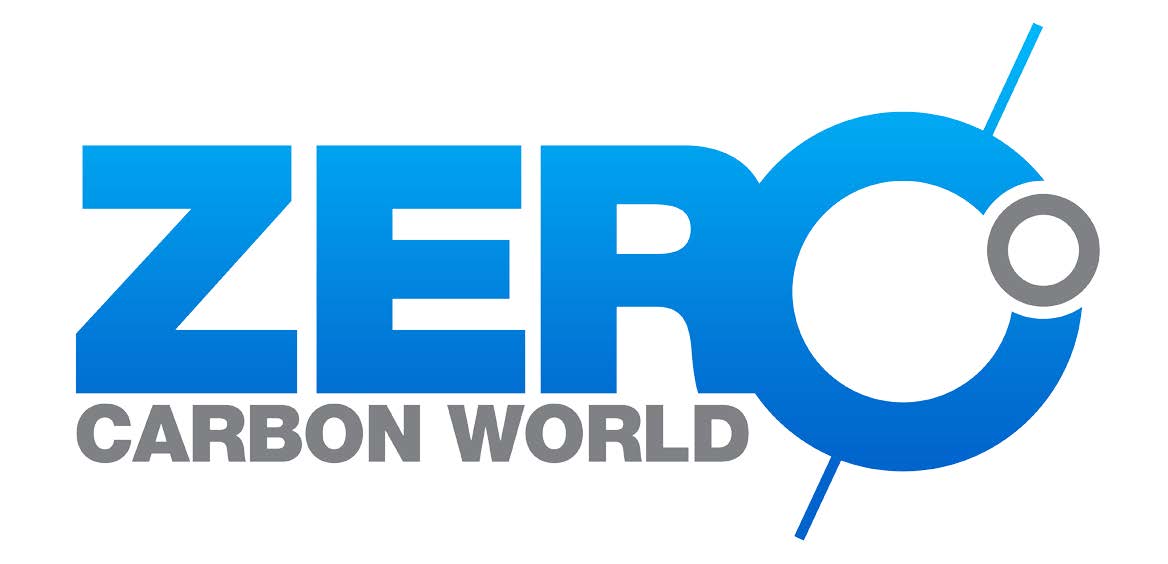4 Things You Need To Know About Second Life Batteries
It’s widely agreed by now that owning an electric vehicle is a surefire way to reduce your impact on carbon emissions and climate change. However, for many people, buying a sustainable vehicle isn’t enough. Concerns are increasingly being raised over the disposal of electric vehicles, and their batteries, when they come to the end of their lifetime. As such, an entire new industry is in its infancy that gives a second life to EV batteries that can no longer support their vehicles to a high enough capacity. Here are 4 things you need to know about this rapidly growing industry:
Nissan are leading the charge.
According to Nissan, EVs are at the core of their company. As well as the Nissan Leaf being rated as one of the top EVs in the market, the company is pioneering efforts to repurpose their batteries for electricity storage. The Johan Cruijff football arena in Amsterdam runs off a 2.8MWh storage system, which is powered by energy stored in first and second life batteries from the Nissan Leaf. 590 battery packs were used in total, and Nissan are planning to scale up from here in future projects.
With more and more EVs being released onto the market, Lithium-Ion batteries are improving, the largest of which currently available having 94kWh of capacity. This means that as the industry expands, second life batteries will become increasingly viable as means for storing energy.
Second life batteries are still recycled.
Recycling the batteries of electric vehicles is essential. Valuable raw materials such as cobalt and lithium can be recovered from expired batteries in the recycling process, which greatly reduces waste. Repurposing second life batteries for storing energy, however, won't replace this recycling. Instead, the process extends their useful life, and allows for the 60% of remaining capacity to be used in place of new batteries.
The process could help bring new EVs to market.
According to PV magazine, the second life battery market could provide a valuable revenue stream for early adopters. Installing a storage system to supply reserve capacity to the grid could earn £750 a year for each battery, on a scale of 100MW. Multiply this by the 7000 Nissan Leaf batteries needed for this kind of capacity, and EV suppliers could be profiting quickly. But how does this foster the development of new vehicles?
Well, the higher an EV’s battery capacity, the more energy it can store in second life, and the more efficient the plants become. This encourages companies like Nissan to work on models with better batteries and longer ranges, which is good for shareholders and consumers alike. Though this system is yet to roll out to the UK, the speed at which the market is growing is astounding, which brings us to our final point:
The second life market is going to be big.
Circular Energy Storage, a London-based research and consulting group, predicts that the market will be worth $4.2bn by 2025. While 70% of this is set to take place in China, Europe is also quickly growing in its adoption of EVs. In Norway, for instance, a 37% share of their passenger and light commercial vehicle market is going electric.
For EV drivers, this means that even when batteries reach the end of their useful life, they can be reused and recycling by manufacturers to minimise waste. As well as adding to the numerous ways in which electric vehicles have a positive environmental impact, this could attract more potential car buyers to the market, and help speed along the global shift to electric.
